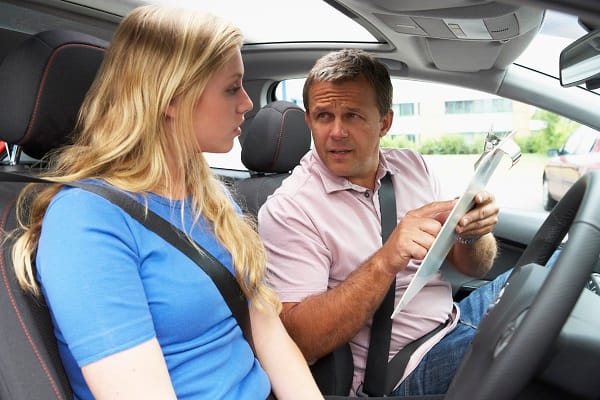Bussiness
Teenager’s new driver premiums hit £3,000

New data has revealed teenage learner drivers are paying up to 77% more on their car insurance premiums this year.
Price comparison experts at Quotezone.co.uk analysed insurance premiums for 17-19 year-olds to discover who is paying the most for their cover.
New data has revealed teenage learner drivers are paying up to 77% more on their car insurance premiums this year.
Price comparison experts at Quotezone.co.uk analysed insurance premiums for 17-19 year-olds to discover who is paying the most for their cover.
New drivers and learners have been hit the hardest by soaring insurance premiums when compared to prices from the previous year.
When directly compared to annual fees from 2023, 19 year-olds are paying 47% more, 18 year olds are paying 60% more and 17 year-olds are paying 77% more.
This year’s price increase means 17 year-old learner drivers are paying the most, over £3,400 for their yearly cover as of January 2024.
Young drivers can apply for a provisional licence when they are 15 years and 9 months old but they can’t officially take to the roads or apply for their test until they turn 17, which means the majority of 17 year old drivers are learners.
The average premium is still high for 18 and 19 year old drivers at £2,985 and £2,435 respectively – given the soaring cost of learning to drive and lengthy delays for lessons and tests, these ages are likely still learners or brand new drivers.
As soon as drivers pass their test, they must update their insurance provider before they can get behind the wheel, changing from a learner or provisional driver insurance policy which is now void.
Insurance is a legal requirement, if caught driving without a valid insurance policy, drivers could face a hefty fine, penalty points or even a driving ban.
Quotezone.co.uk CEO and car insurance expert Greg Wilson said: “Although it is normally standard for learner and new drivers to pay more for their insurance policy, as they have less experience on the roads, recent figures show staggering increases for these drivers.
“With 17 year-olds paying up to 77% more on their policies than last year, it is not surprising that so many are being priced off the roads.
“Learning to drive comes with a lot of costs, including driving lessons, tests, tax and insurance. As the average insurance price for 17-19 year-olds now approaches £3,000 at the start of the year, many are unable to afford getting behind the wheel after passing their test.
“Insurance is an additional but extremely important cost. We urge new drivers to ensure they are properly covered by their policy, or they could find themselves unprotected.
“New drivers can opt to use green probationary or ‘P’ plates to indicate they have just passed their test, giving warning to other drivers to proceed with caution and help reduce the risk of incidents in their first year.
“In other areas of the UK such as Northern Ireland, these drivers are known as restricted drivers and must display ‘R’ plates for a year after passing their test, with a maximum speed of 45 mph – in a bid to help improve safety for young drivers and protect all road users. It’ll also help reduce premiums and get new drivers started on the no claims bonus ladder.
“Becoming a new driver can be a daunting experience, it’s sensible to take your time, display ‘P’ plates until you feel confident on the road, they won’t affect your insurance costs so you should feel free to display them as long as you need them.
“There are ways brand new drivers can find savings, telematics products for one, help the insurance provider gather data on your driving ability more quickly so you could be in for savings sooner – if you’re a good driver. Choosing a car with a smaller engine, paying annually and comparing quotes via comparison sites can all help you find savings.”










